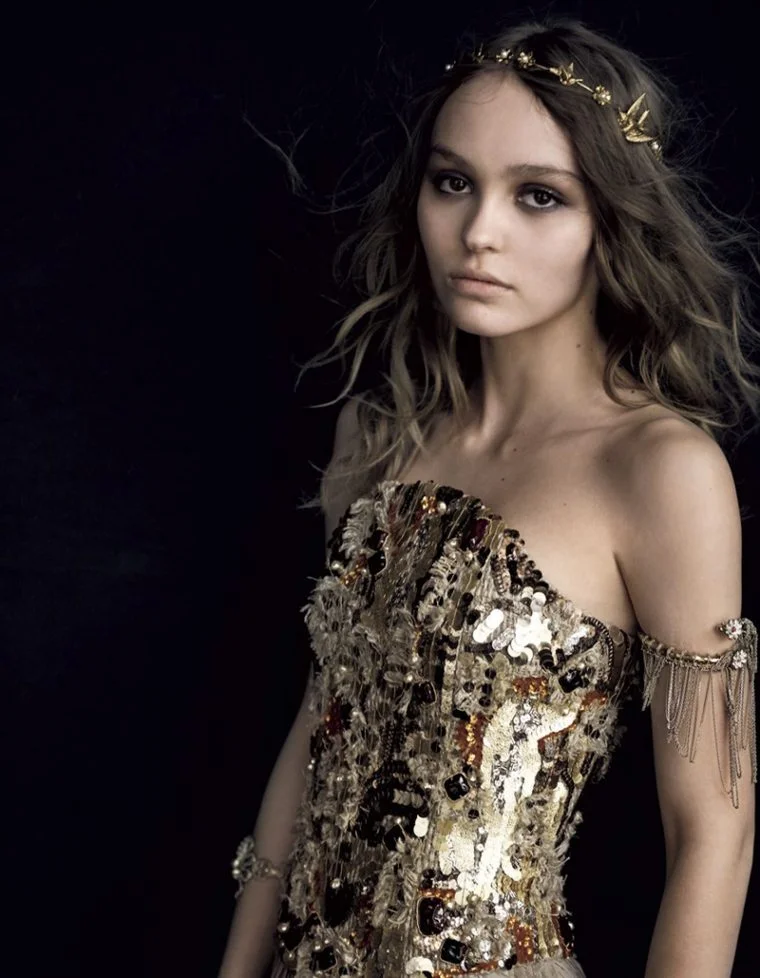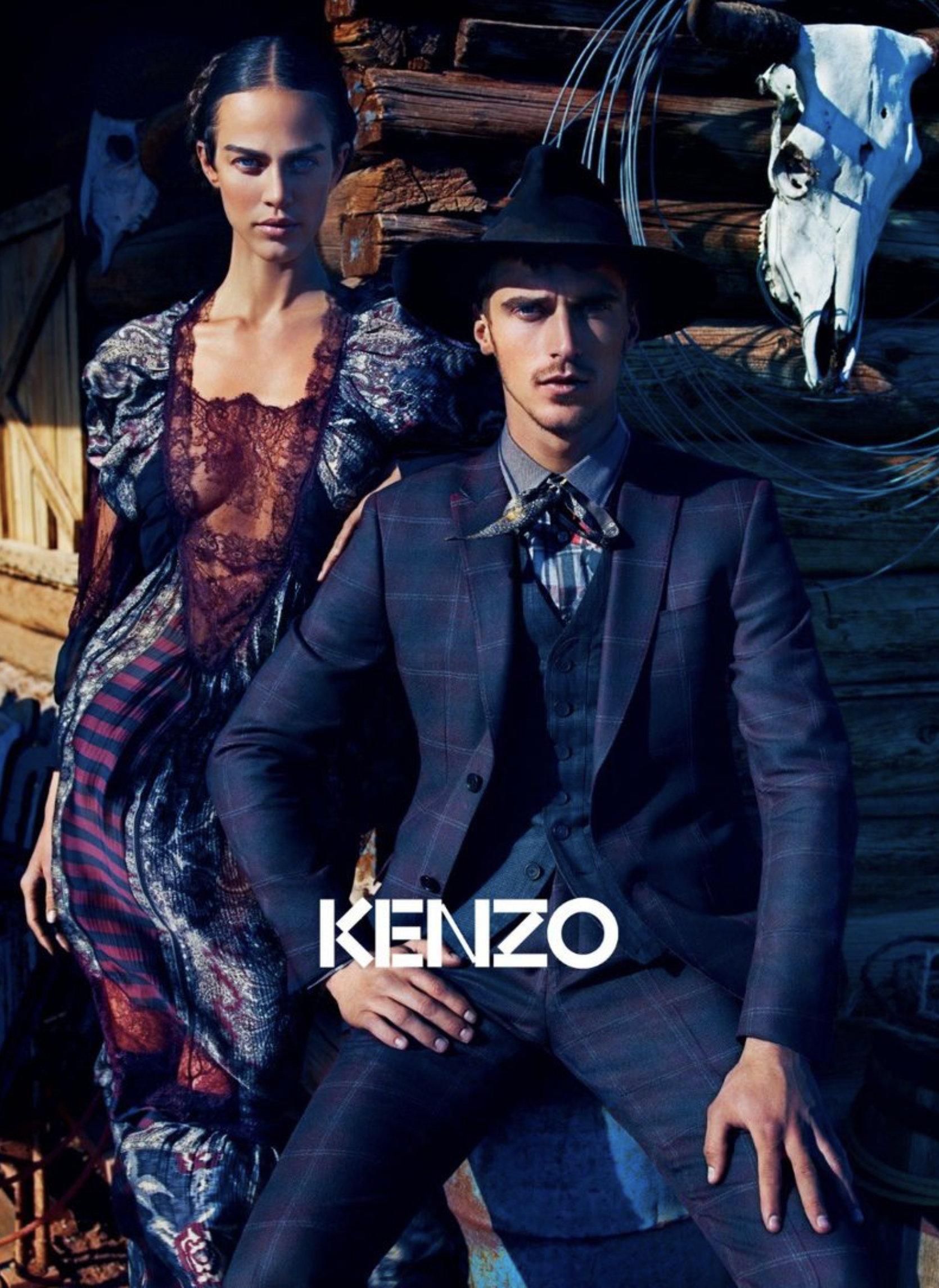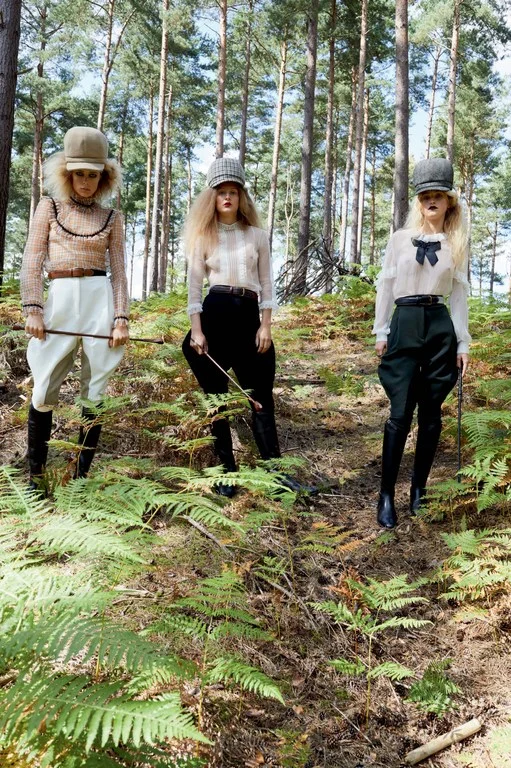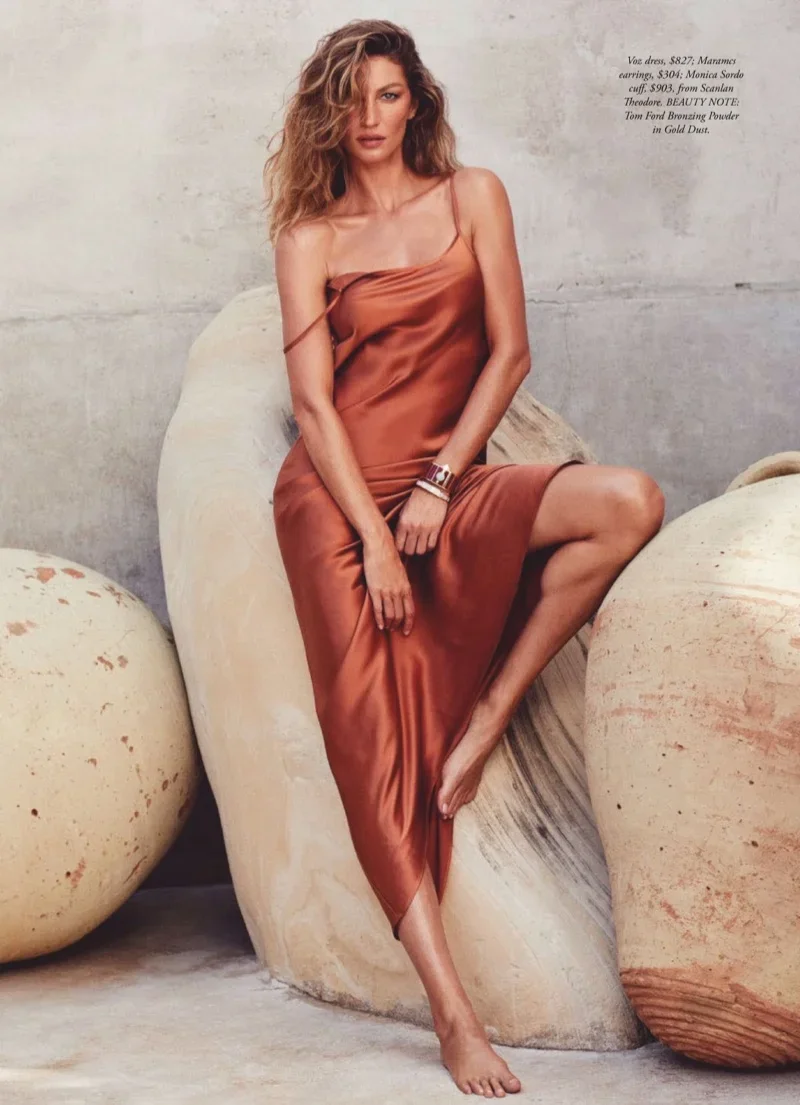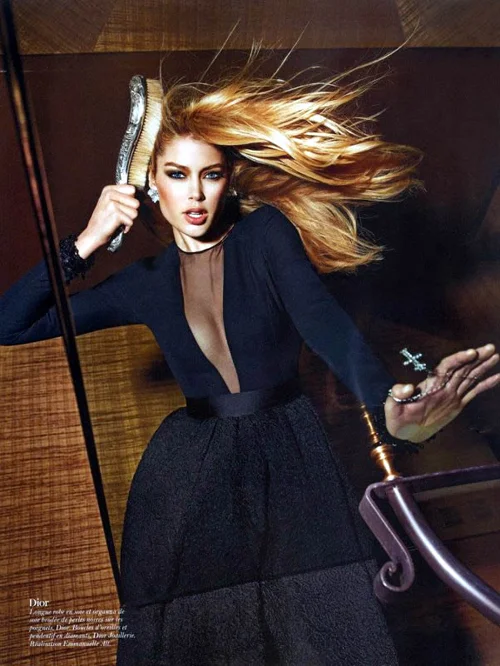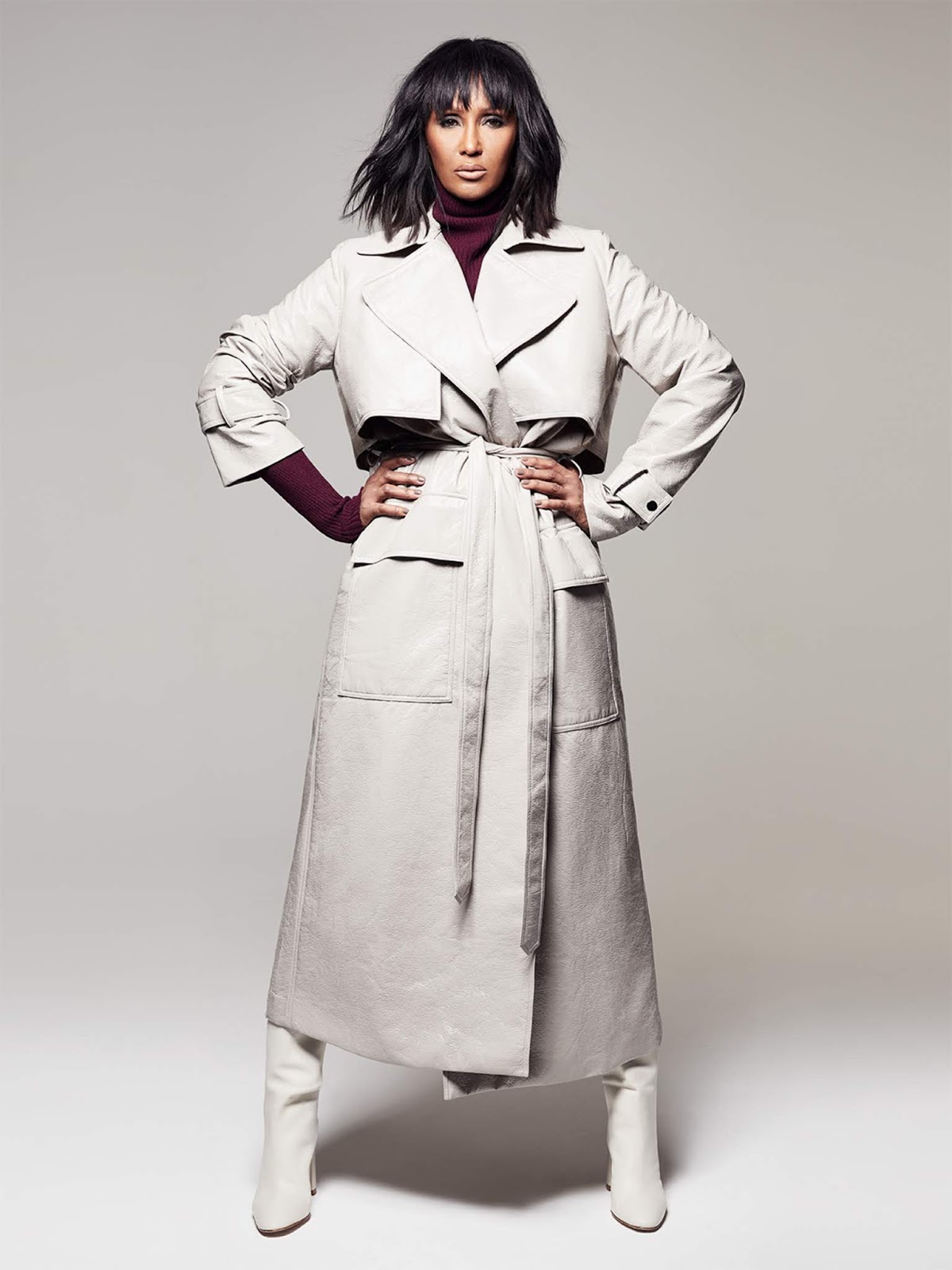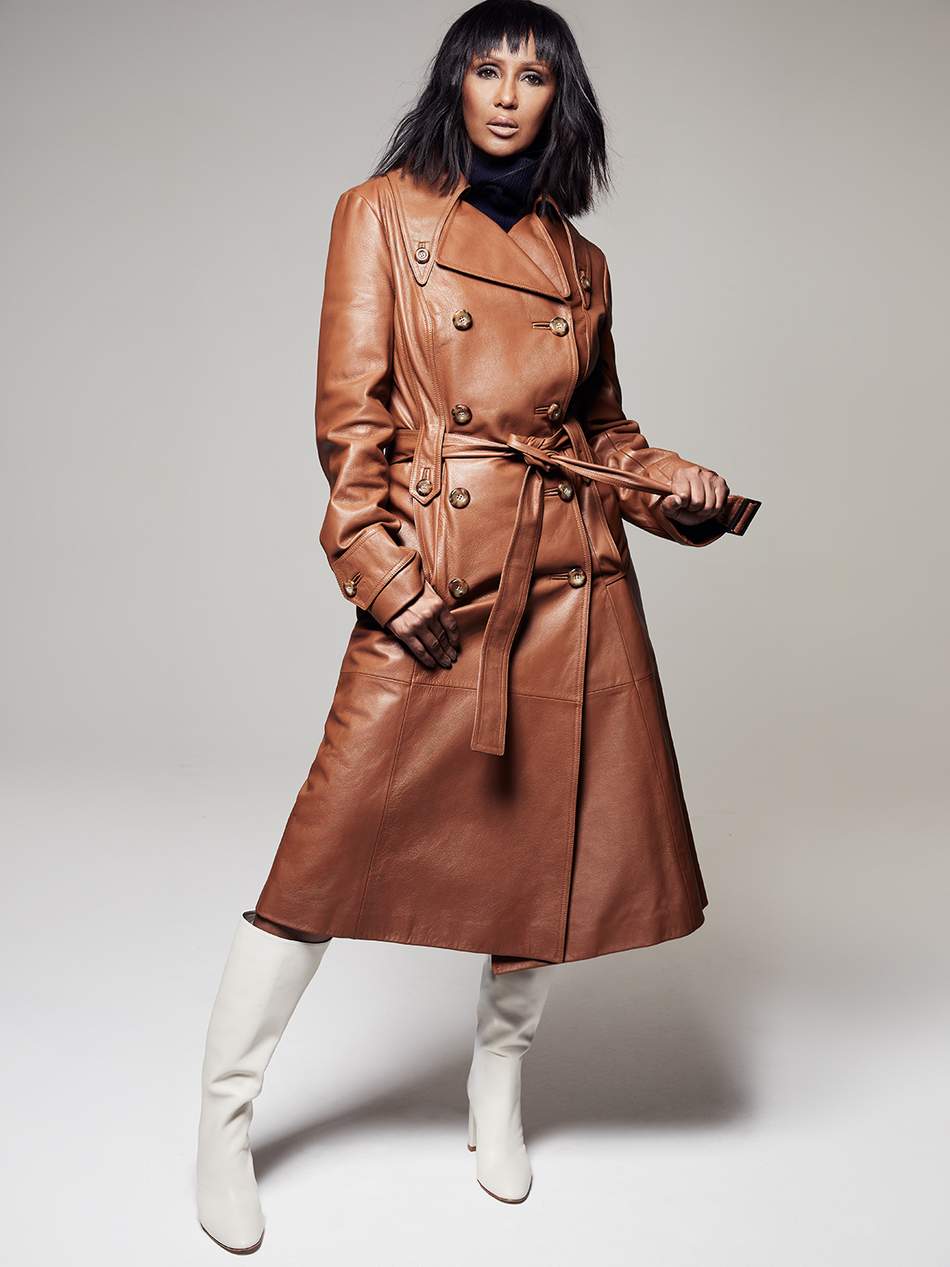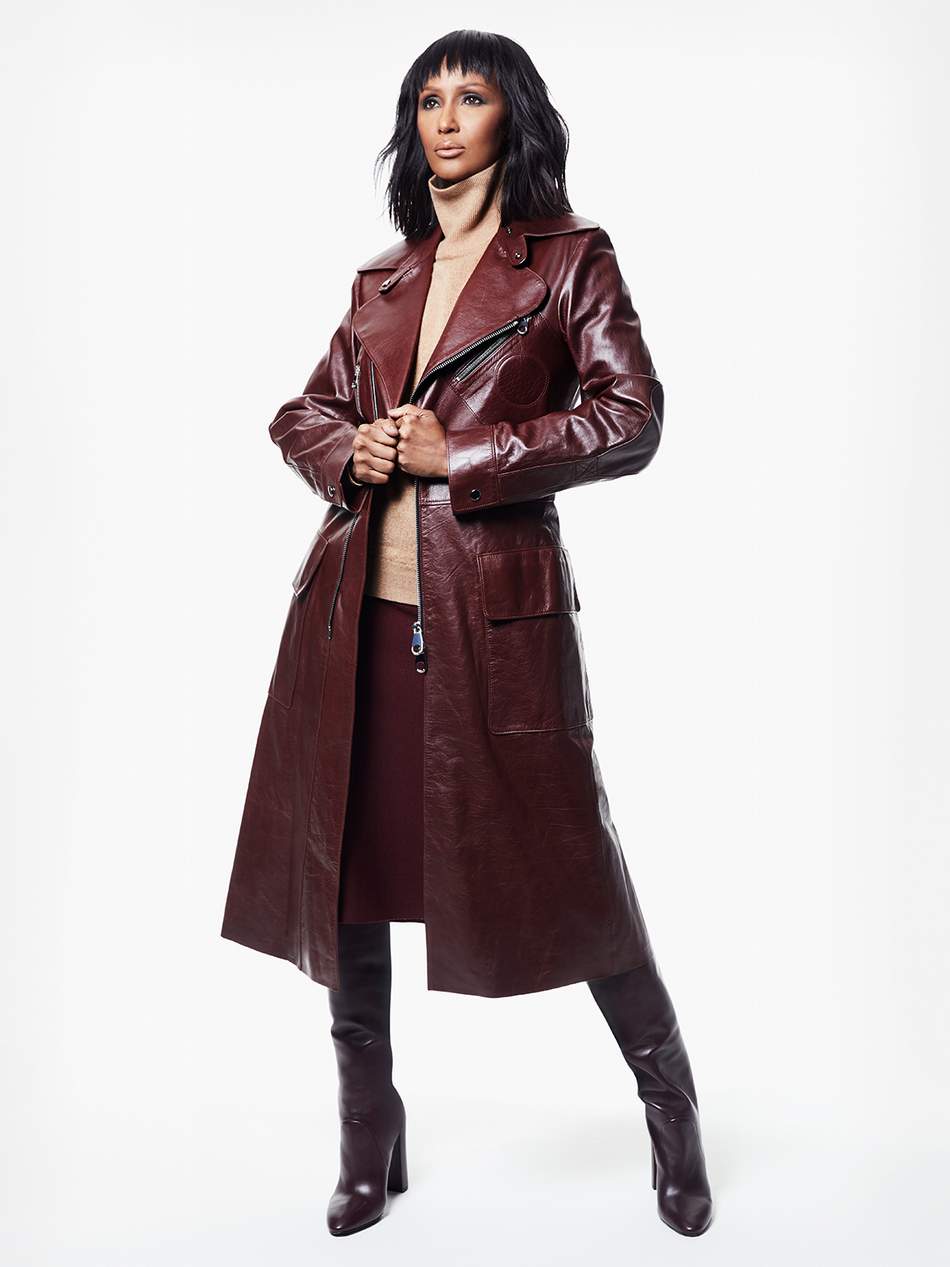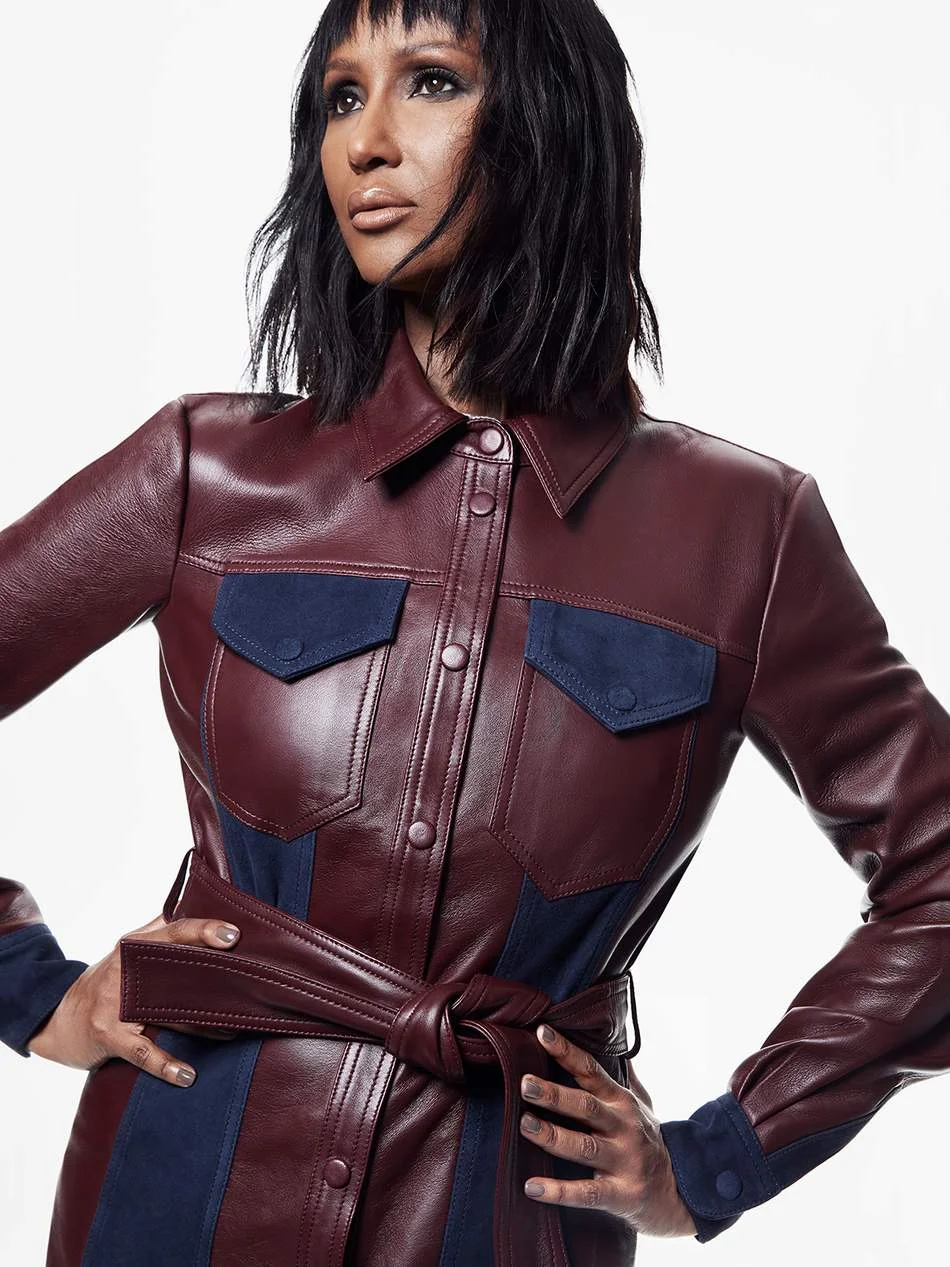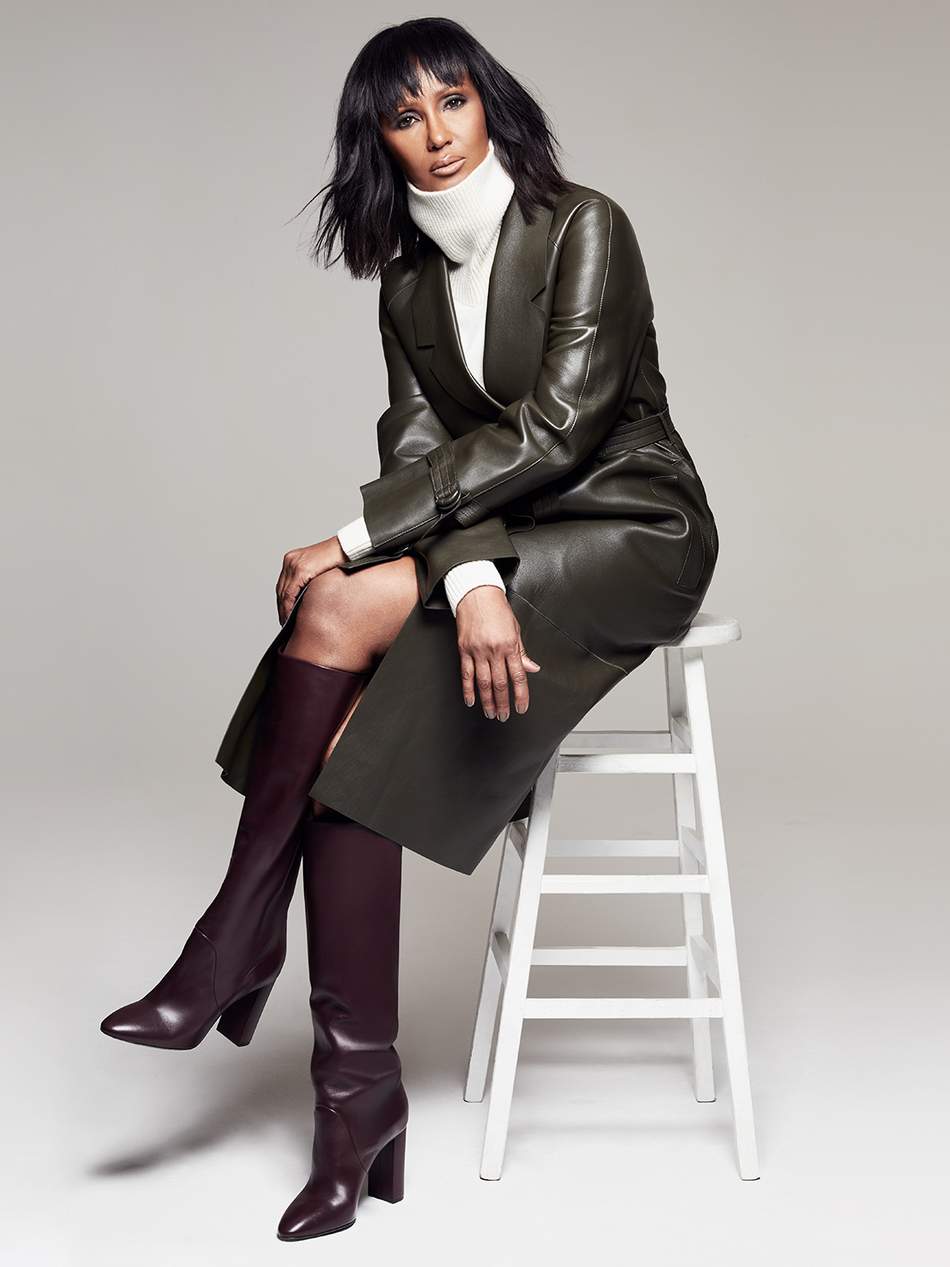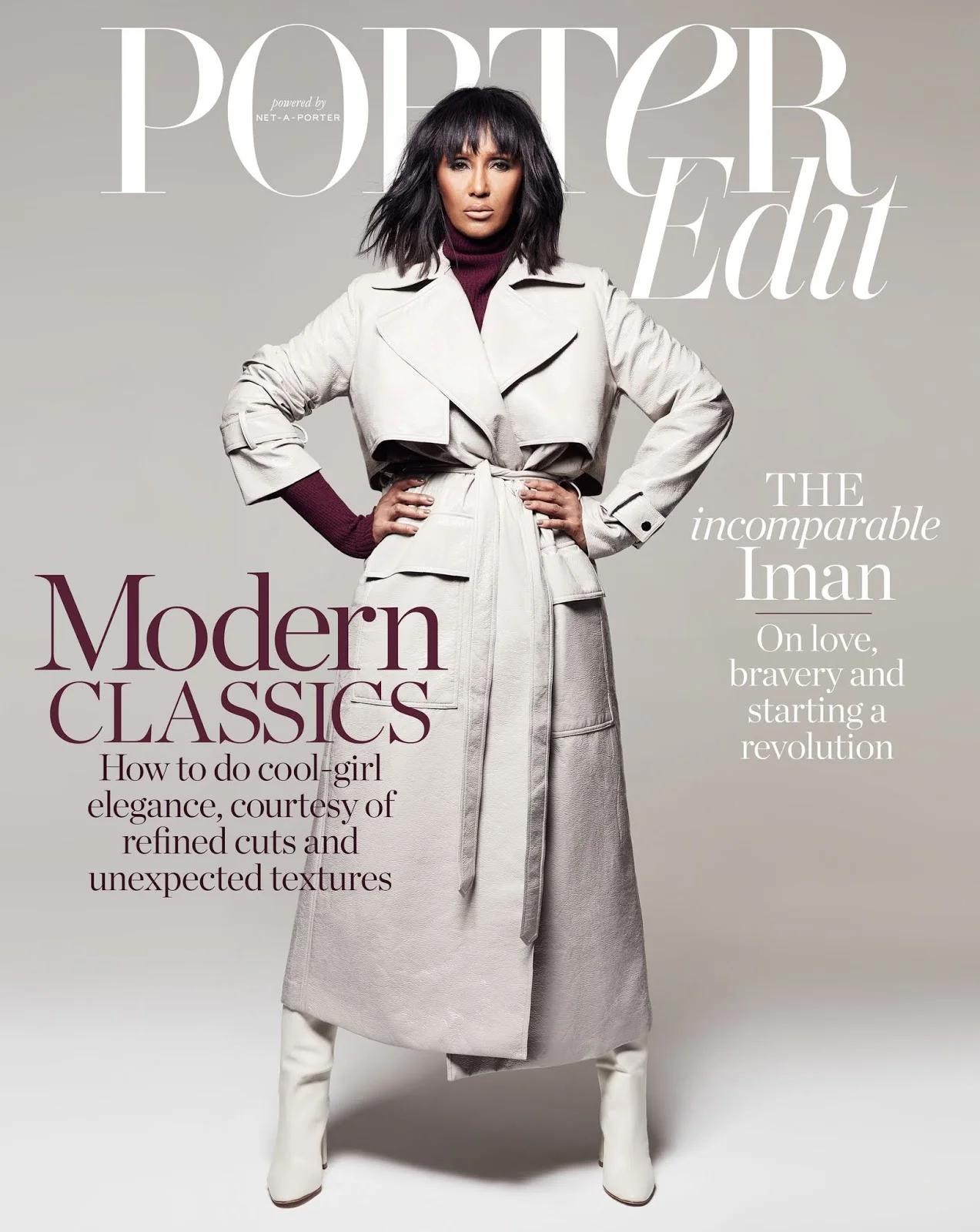IMAN Talks Models Of Color In Fashion With Porter Edit Oct. 26, 2018: We've Come A Long Way, Baby
/Porter Edit’s October 26 2018 issue turns its focus on supermodel, makeup entrepreneur, humanitarian and champion of black women’s rights: IMAN. Tracy Taylor styles the fashion icon in trench coats and utilitarian suitings from Michael Kors, Victoria Beckham, Joseph, Chloe and more for images by Hanna Tveite.
Jane Mulkerrings conducts the interview that touches on many topics from IMAN’s discovery by legendary photographer Peter Beard to her constant grief over the loss of her husband David Bowie.
It’s her focus on the fashion industry and her own activism on behalf of models of color that demands our focus, educating even me on the activism of IMAN, Bethann Hardison and Naomi Campbell’s launching of a campaign in September 2013 to force a reckoning over the dearth of models of color on the catwalk.
The trio sent an open letter to the heads of fashion’s governing bodies in New York, London, Paris and Milan under the umbrella of their newly-formed Diversity Coalition, warning that: “Eyes are on an industry that season after season watches design houses consistently use one or no models of color.” The coalition then listed the designers and fashion houses it said were “guilty of this racist act”.
The need for clarification ensued at the time, and Iman reiterated the group’s position on ‘Good Morning America’, saying in 2013: "This is not the business of shaming. As we go back to clarify this, no one is calling any of these designers racist. The act itself is racist. There were more black models working in the Seventies than there are in 2013. This a time where silence is not acceptable at all. If the conversation cannot be had publicly in our industry, then there is something inherently wrong."
The desperate tactic worked, writes Mulkerrings for Porter Edit . “It is remarkable,” Iman declares, as we settle at a table in the restaurant. “We are getting visible results. Not only on the runway, but where the spoils of war are: advertising. If you pick up the magazines and look at the ads, the change is visible.” And the speed of their success is, she believes, down to social media. “When we posted the letter on social media, everyone knew, so the designers were taken to task. Everybody has a voice now, and change happens fast.”
At AOC we see this pace of a primary place for models of color in the fashion industry escalating dramatically in 2017-2018. IMAN is totally correct is affirming that the changes are not only visible but blindingly so. It’s dazzling, frankly. Nobody gets a gold star for taking what was the right path all along. Nevertheless, the changes are breathtaking and a moment of joy for me personally as a citizen of Trumplandia.
The challenge will be — and this is not a topic that IMAN addresses in her Porter Edit interview — SUSTAINING the momentum for models of color and morphing it into a permanent state of mind in the fashion industry. Diversity must become normal — so normal that we all can put away our checklists. Can every form of diversity be accommodated? I would hate to see the industry have a statistical check list, but the challenge of multiple forms of diversity lies before us.
Working on the retail side of the fashion industry, lastly for 10 years at Victoria’s Secret, I am well aware of — and can testify to — core arguments in the industry that using models of color would depress retail sales by turning off white customers.
At one critical moment two decades ago, I was in a position to put my own job on the line, insisting that our drop-dead gorgeous images of Naomi Campbell go into all VS stores in the critical days before the holiday season. Colleagues were having second thoughts, shall we say. Granted the financial risks were extraordinary but I reminded my retail partners that women of color THEN represented 25% of our customers and a larger percentage of our devoted customers. Unable to succeed rationally, I put my job on the line with typical Anne flourish.
Honoring the work of IMAN and other women of color like Naomi Campbell and Beth Ann Hardisson, and wanting to archive the changes, AOC has been intently tracking models of color for several years. We also bend over backwards to feature them, as long as the editorials or campaigns are first rate. That decision is more likely governed by the photographer, the magazine or brand or the stylist, than the model. ~ Anne
